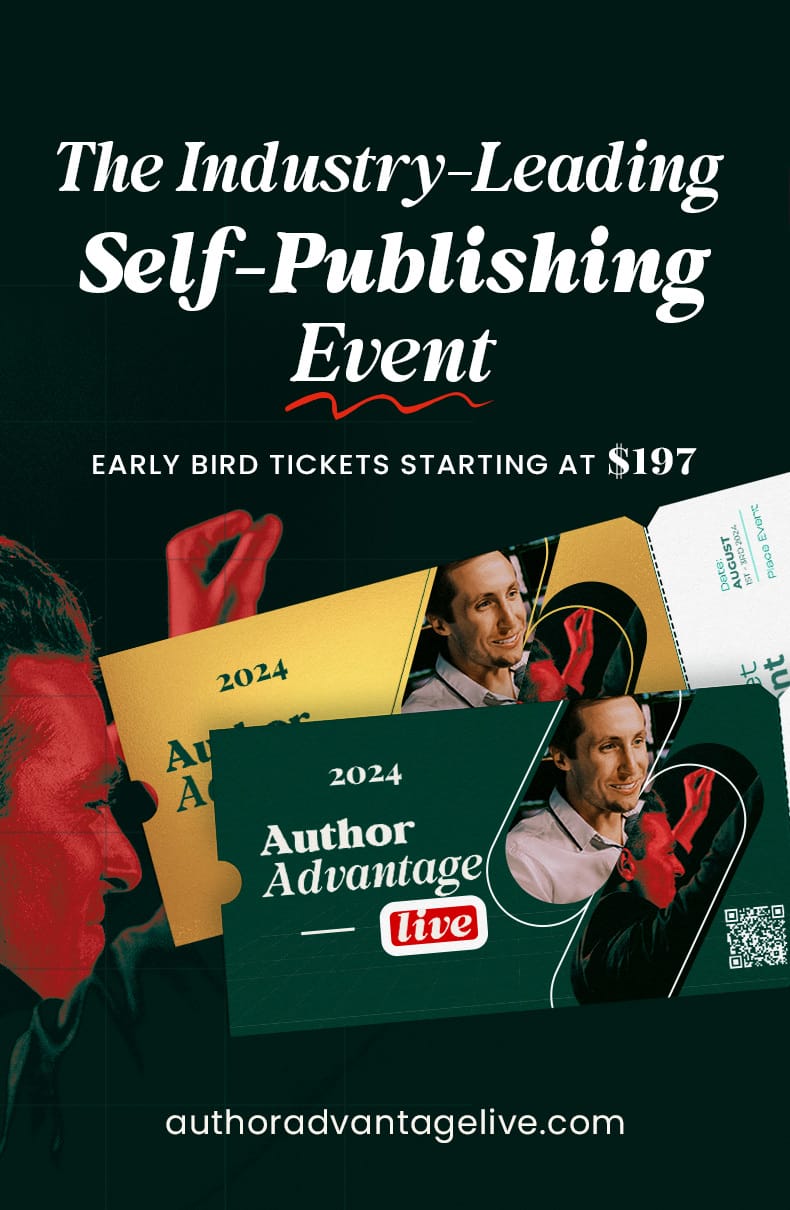I’ve been getting a lot of questions recently about e-book covers and, specifically the size and proportion requirements for submitting the cover image of your e-book when you upload it to a retailer or a distributor.
Here’s a selection of requirements that should help. Keep in mind this information is accurate now but could change at any time, so check when you’re ready to upload.
Kindle Direct Publishing
From Kindle Direct Publishing help system:
Creating a Catalog/Cover Image
A book is judged by its cover! Your cover image can have a direct impact on your readers’ purchasing decisions and adding a high quality cover image is an effective way for you to inspire customer confidence and boost sales. The topics covered in this page will help you format and upload a catalog cover image.
Please note: Uploading a catalog cover image in KDP will not automatically add it to the inside of the Kindle book. To learn about adding a cover image or any image within your Kindle book, please see our Image Formatting Help page.
Requirements for the size of your cover art:
- At least 500 pixels horizontally and 800 pixels vertically
- Ideal height/width ratio of 1.6
- Maximum of 2000 pixels on the longest side is preferred
- Save at 72 dots per inch (dpi) for optimal viewing on the web
Barnes & Noble Pubit!
From Barnes & Noble Pubit! Help system:
Your cover image must be a .JPG or .JPEG file with a file size between 5KB and 2MB. The sides must be between 750 pixels and 2000 pixels in length.
Smashwords
From the Smashwords Style Guide:
“Your image must be in RGB color, not CYMK. Reminder: Don’t upload your book to Smashwords until you have a good looking cover image, otherwise you’ll make a bad first impression on readers.”
BookBaby
From BookBaby: Preparing for Conversion:
All images must be in .png, .jpg, or .tif format, 72 dpi, and in RGB color mode. Cover and full-page images: 800-1000 pixels tall by 550-700 pixels wide.
Password Incorrect
From Ebook Specific Cover Design: #3 – Proportions
“If your book is going to be sold via iBookstore or as an app via AppStore, use iPhone or iPad proportions. In an app you can have both. The 4:3 cover could load on the iPad, 3:2 on iPhone or iPod Touch.”
Also see the chart, Screen Sizes and Proportions on the same page.
MobileRead Wiki
See Ebook Covers for technical specifications for ePub files.
Apple Support Communities
From the article What Are The Book Cover Art Dimensions For iBooks?
“If referring to a “Cover” to be included on a page of the ePUB book, then Michael of ZappTek (Legend Maker) indicates the limit is 740×560 pixels. If referring to external files used as cover art, most sites providing images for use in ePUB management applications like iTunes or Calibre which are typically limited to 500 pixels in height or less. The pages routine used by Apple will accept an image up to the size of your document page but then scales the “cover-image.png” file stored in the ePUB package.”
Photo by The Creative Penn
Do you have any resources to add to this list? Let me know in the comments, thanks.


